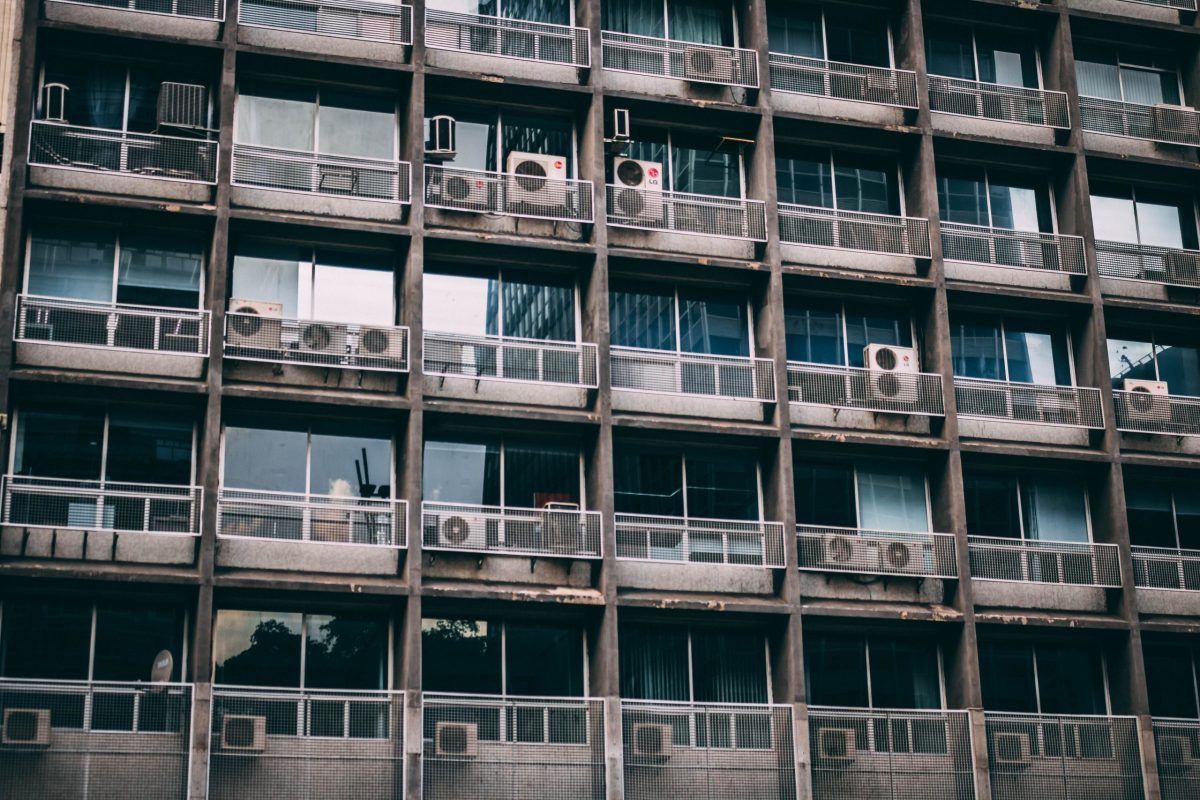
Summer months in South Africa can be hot and uncomfortable. It may be helpful to draw on some guidelines that is contained in South African National Standards, for keeping cool while you are in a building.
“The way a building is heated and cooled can be influenced by many characteristics such as the climatic conditions, geographical location, proximity to natural shade such as trees, location of the building to water sources, humidity factors, ventilation, construction materials used in the building, the amount of sun that the building is exposed to, are a few examples. There are several national standards that provide technical specifications for ensuring energy efficiency which includes elements of heating and cooling in buildings. In addition to the guidelines, South Africans are encouraged to hydrate and to be out of the sun during 11h00 and 15h00 when the sun is at its hottest,” says Jodi Scholtz, Lead Administrator of the South African Bureau of Standards.

These guidelines are adapted from SANS 10400XA: Energy Usage in Buildings and SANS 13742: Thermal performance of buildings – calculation of internal temperatures of a room in summer without mechanical cooling – simplified methods.
- Increase the efficiency of cooling indoor spaces by fixing roofs, cracks or gaps in windows, doors or any space in which heat can be transferred in, or cool air can be let out
- The heat transfer from metal roofs can be minimised through the correct installation and insulated materials used
- A light coloured roof reflects more heat than a dark coloured roof and will keep buildings cooler
- Roof lights and windows should be sealed to prevent air leakage or heat transfer
- Increase the shade to block out the heat from the sun by using reflective materials or blinds, shutters, door and window seals, curtains – on windows or doors that face the sun
- Ventilate indoor spaces by opening the windows or doors on the side/s of the building that is in shade, however if the heat from outside is higher than that inside the house, it is advisable to not let the heat transfer in
- If some parts of the building are cooler than others during the day and if you are able, try to insulate and/or inhabit that part of the building during the hottest parts of the day. This will be useful for buildings that do not have air conditioning
- Rooms that have a lot of carpets or furniture, have a low heat capacity and may be hotter than other rooms
- Rooms closer to the ground may be cooler than those closer to the buildings ceiling
- Maximise natural ventilation when it is cooler in the evenings and early mornings
- Chimneys or flues can be closed with a damper or flap, which will help to keep the heat out
- Set the air conditioner thermostat between 20oC and 24oC
- If the air is too dry, humidity equipment may be used. The humidity range is between 30-60%
Ends
More news
- Big 5 Construct Kenya returns to Nairobi in November connecting 150 exhibitors with over 8...
- Webinar Highlights Decarbonising Strategies for Transport and Logistics Sector in Africa
- World Cement Association will be holding its Annual Conference on 24th – 25th October 20...
- Leading African companies and individuals named as finalists of the Big 5 Southern Africa ...
- Ministerial Forum a top feature at Big 5 Construct Ethiopia, alongside 20 CPD-certified In...

